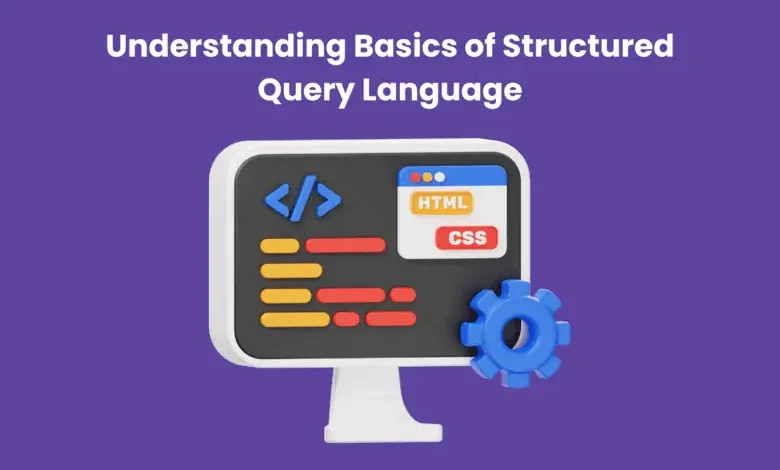Understanding Basics of Structured Query Language (SQL)

Structured Query Language, commonly known as SQL, is the bedrock of relational database management systems (RDBMS). In this blog, we’ll explore What is SQL, exploring its fundamental concepts and shedding light on the significance of this powerful language in managing and manipulating databases.
What is SQL?
A domain-specific language for maintaining and manipulating relational databases is SQL, or Structured Query Language. Since its inception in the 1970s, SQL has established itself as the de facto language for accessing and retrieving data from databases. Possessing a strong grasp of SQL is crucial for anybody venturing into the realm of data management, whether they are software developers, database administrators, or just curious.
The Basics of SQL Syntax
Essentially, SQL is all about following a precise syntax in a sequence of statements. Mastering this syntax is fundamental for developing efficient and precise queries. A few basic SQL commands are as follows:
SELECT: Used to retrieve data from one or more tables.
INSERT: Adds new records to a table.
UPDATE: Modifies existing records in a table.
DELETE: Removes records from a table.
Creating and Managing Tables
Tables form the foundation of a relational database, and SQL provides the tools to create and manage these tables.
CREATE TABLE: Used to create a new table, specifying the columns and their data types.
ALTER TABLE: Modifies an existing table, allowing you to add, delete, or modify columns.
DROP TABLE: Deletes an existing table and all its data.
Filtering and Sorting Data
SQL provides powerful tools for filtering and sorting data, allowing you to retrieve specific information from your databases.
WHERE Clause: Filters data based on a specified condition.
ORDER BY Clause: Sorts the result set in ascending or descending order.
Joins for Combining Data
Relational databases often involve multiple tables, and SQL enables the combination of data from these tables using JOIN operations.
INNER JOIN: Retrieves records that have matching values in both tables.
SELECT column1, column2 FROM table1 INNER JOIN table2 ON table1.column = table2.column;
LEFT (OUTER) JOIN: Retrieves all records from the left table and matched records from the right table.
SELECT column1, column2 FROM table1 LEFT JOIN table2 ON table1.column = table2.column;
RIGHT (OUTER) JOIN: Retrieves all records from the right table and matched records from the left table.
SELECT column1, column2 FROM table1 RIGHT JOIN table2 ON table1.column = table2.column;
Aggregating Data with GROUP BY
When working with large datasets, SQL provides the GROUP BY clause to aggregate data based on specified criteria.
GROUP BY Clause: Groups rows that have the same values in specified columns.
Ensuring Data Integrity with Constraints
SQL allows you to enforce data integrity within your databases through the use of constraints.
PRIMARY KEY Constraint: Uniquely identifies each record in a table.
FOREIGN KEY Constraint: Links two tables together, ensuring that the values in a column match the values in another table’s column.
Ensuring Security with Permissions
SQL databases often store sensitive information, and it’s crucial to control access through user permissions.
GRANT Statement: Provides specific privileges to a user or a user group.
REVOKE Statement: Removes specified privileges from a user or a user group.
Conclusion
When it comes to managing data, SQL is a strong technology that allows people to effectively and efficiently deal with databases. Anyone dealing with databases would benefit greatly from having a firm knowledge of SQL, since it allows them to do anything from creating complex queries to guaranteeing the security and integrity of data. Keep in mind that SQL is a language that benefits from practical experience as you explore the fundamentals presented here. In order to discover the limitless possibilities of structured query language, you need get your hands dirty, go into your preferred database, and begin querying.
In conclusion, for a deeper dive into this fascinating topic, check out the full article. Happy reading!









